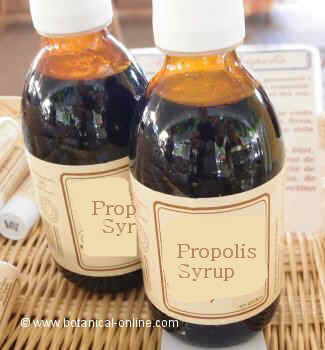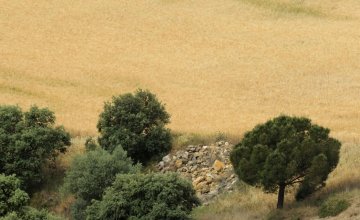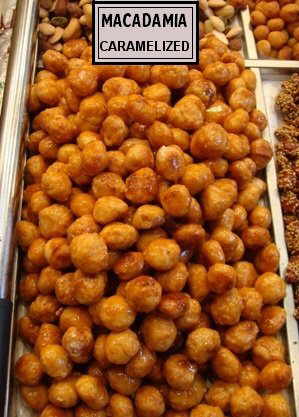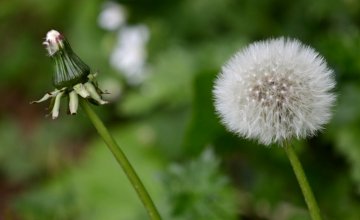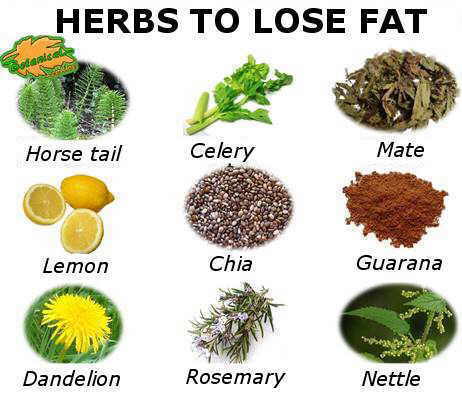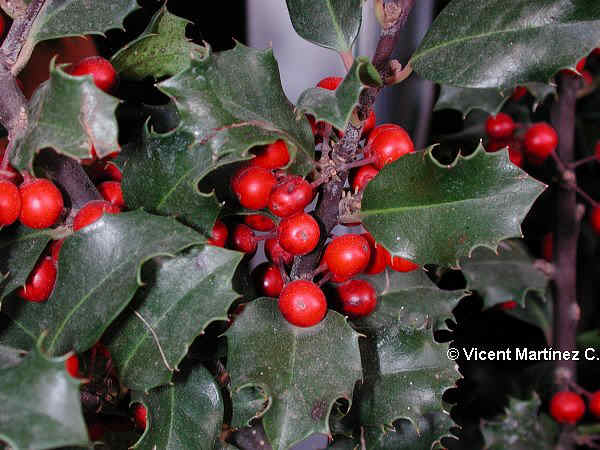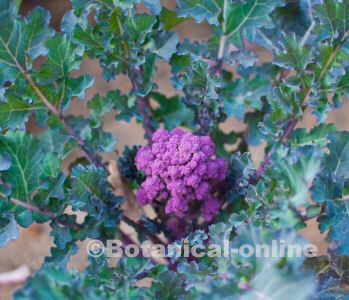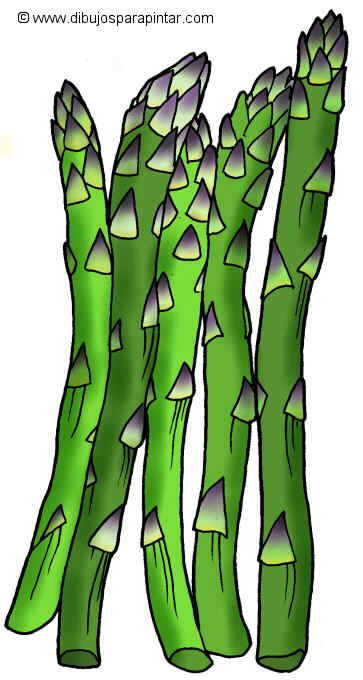Contents
- 1 What is the purpose of liquid propolis, in drops, in capsules, etc?
- 1.1 What is propolis?
- 1.2 How do bees produce propolis?
- 1.3 Natural uses of propolis
- 1.4 Characteristics of propolis
- 1.5 How is propolis collected? Obtaining, purification and treatment
- 1.6 Propolis composition
- 1.7 Forms of presentation of propolis: How to buy
- 1.8 Propolis as a supplement for the human diet
What is the purpose of liquid propolis, in drops, in capsules, etc?
What is propolis?
|
Propolis is a sticky substance produced by bees from resins and other substances obtained from plants, especially flowers and leaf buds, mainly the buds of trees.
Among the latter, we have some very used such as birches or oaks.
Also, they usually obtain it from the buds and the bark of the conifers, like pines, larches or spruce.
How do bees produce propolis?
To make propolis, specialized worker bees introduce the plant substances into their mouths.
There, these substances are undone and mixed with saliva and wax to form propolis. Subsequently, they transport it to their hive, hooked on his hind legs.
Natural uses of propolis
Propolis is used as a sealing material. With it they cover the inside of the honeycomb, repair the possible cracks in the cells, reduce the size of the hive entrances and cover the foreign substances that can not be transported to the outside.
In the same way, they mix the propolis with wax to cover the cells that house the larvae. In this way, they are isolated from the outside and protected from possible infections caused by pathogenic organisms. In addition to isolating, propolis has demonstrated antibacterial and antifungal properties.
Characteristics of propolis
The aspect of propolis is very diverse since it depends on the type of vegetables from which it is obtained. It can range from a practically transparent or light yellow color to a dark brown color.
Its texture varies according to the temperature at which it is exposed. It is consistent and brittle as we approach or reach the freezing point. It becomes gummy and sticky as we surpass 40 ºC and usually becomes liquid between 60 and 70 ºC.
The amount of propolis in a honeycomb is not very high, so the number of bees that are dedicated to collect resins to obtain it is not very large. The European bee (Apis melífera) is the main producer. It is estimated that a colony of these bees can get from 50 to 500 g. Of annual propolis.
How is propolis collected? Obtaining, purification and treatment
To obtain propolis from a hive, the beekeeper places inside the combs a mesh of plastic or specially designed fabrics. The bees cover the holes of these devices with propolis. Once a year, the fabrics are removed.
Subsequently rolled and frozen. When it freezes, the propolis becomes brittle and falls, being collected. Then, this crude propolis, if desired, can be refined and prepared for sale.
For this, the impurities are collected with a vacuum cleaner. In this way, the larvae, bees or other organic impurities of the crude propolis can be separated. A magnet can also be used to pick up any metal residue.
Once the foreign elements are separated, propolis must be sifted and separated according to different sizes to be distributed to different manufacturers. The easiest way to get the right size is to freeze and shred it to the required size.
The main producing country of propolis is Russia. Most of this crude propolis is exported to western countries which process processed products.
Crude propolis is subjected to a dissolution process, generally with ethyl alcohol (ethanol), although other vegetable alcohols may be used provided they are found to be suitable for human consumption. Other solvents that are used to extract the propolis are glycol, water or oil.
The propolis paste is made by extraction with ethyl alcohol and subsequent dehydration until reaching the desired texture. It is mainly used as an emulsifier in cosmetics.
Propolis composition
More than 170 components have been isolated in the propolis composition. The main ones are:
– Resins, composed of flavonoids and phenolic acids (about 50%)
– Fatty acids and waxes (over 30%)
– Essential oils (over 10%)
– Proteins (about 5%) from pollen, with the amino acids arginine and proline being the most abundant.
– Minerals, mainly iron and zinc, and other compounds (about 5%) such as:
– Vitamins (vitamin B3 or niacin only)
– Sugars
– Lactones
– Ketones
– Acids: benzoic acid, caffeic acid, cinnamic acid, phenolic acid, p-coumaric acid
Among the main components, it has been mentioned the following: Pterostilbene, pinostrobin, pinobanksin, sakuranetin and xanthorreol.
Forms of presentation of propolis: How to buy
Propolis can be in the following forms:
– Unprocessed: Supplied as pieces, powders or capsules.
– Processed: It comes as a liquid extract together with some solvent harmless to the body. The main solvent is usually ethanol. Other times it comes alone without the solvent.
In this case, it can be done through the freeze-drying processes (vacuum desiccation and with low temperatures: the product is frozen and the water is removed in a vacuum chamber to be able to evaporate it without liquefying it) or by distillation.
– Processed as a component of other natural products: Dissolved in ethanol is usually included as an ingredient of other natural products in the form of tablets, candies, cosmetics, etc.
– Injections: Used for animal research.
Propolis as a supplement for the human diet
Propolis that the bees make is collected by the men and, after being processed, it is packaged and put up for sale for human consumption.
Because of its active ingredients, it is a product that has many beneficial properties for our body.
![]() More information on propolis properties, honey and other bee products.
More information on propolis properties, honey and other bee products.

